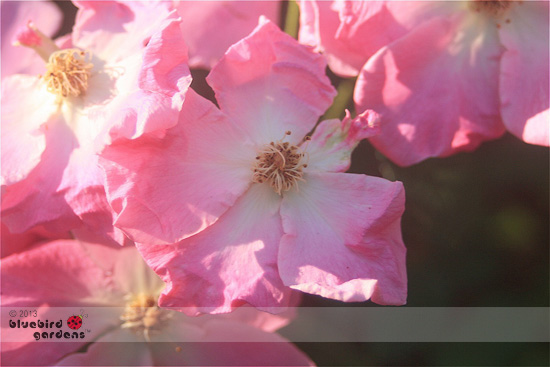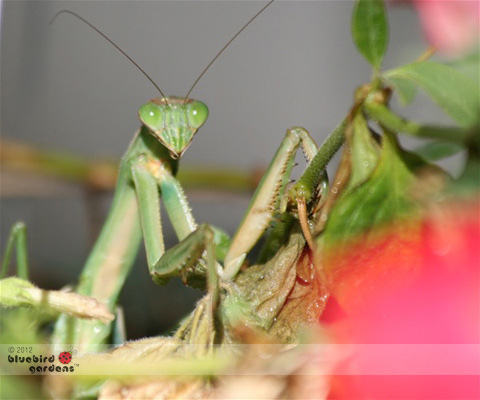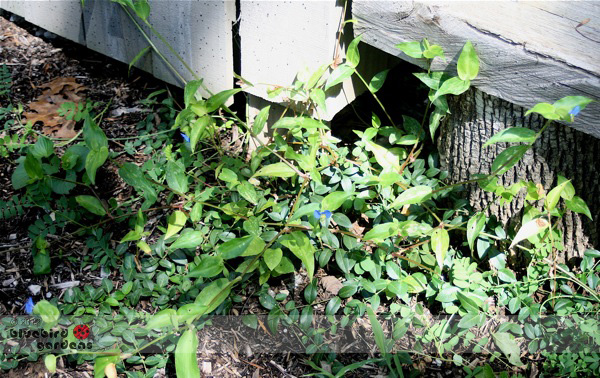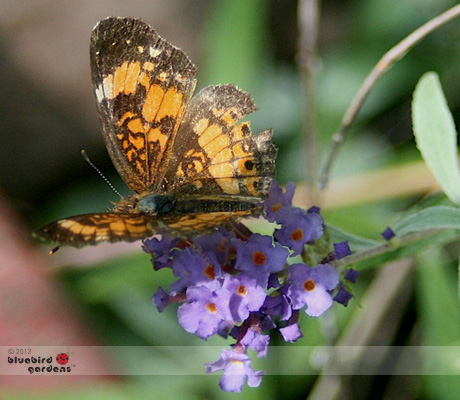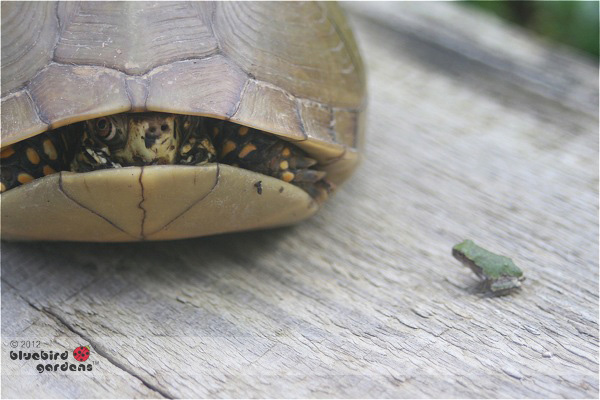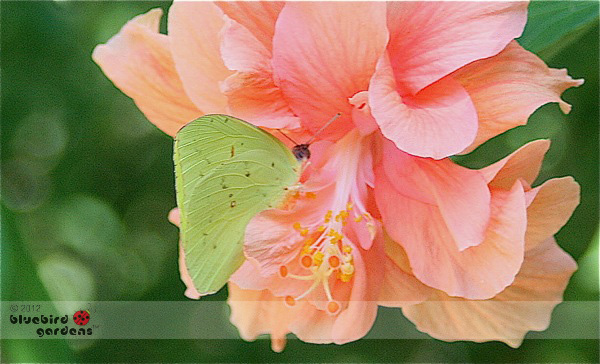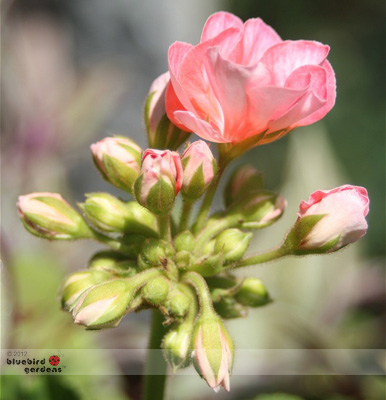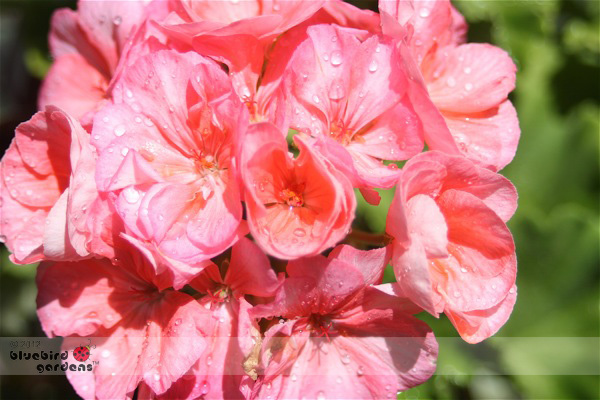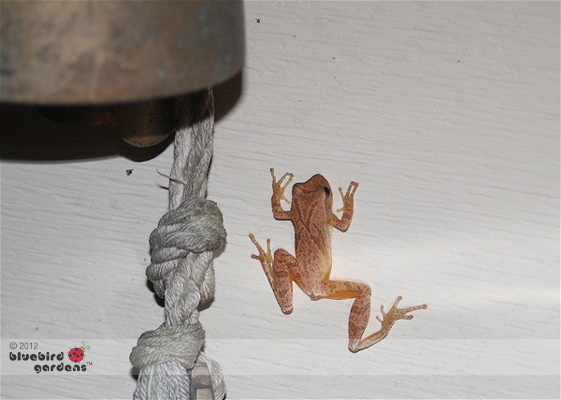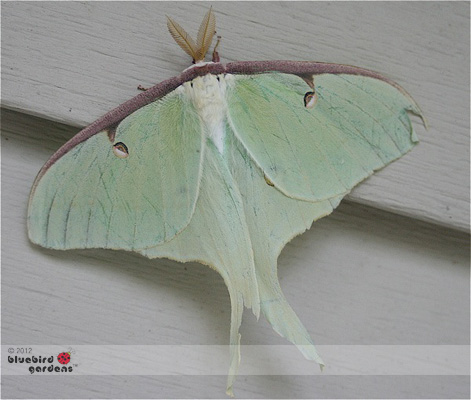Help Pollinators by Properly Watering Garden
/Water Plants Underground
Planting milkweed and other native plants is a popular way to help pollinators but our temperatures are too high for many plants.
If you see milkweed and other natives you planted earlier dying in these hot temperatures, keep them watered with an underground wand. Surface watering usually evaporates in these hot temperatures so concentrate on getting the water underground. Deep watering will help keep roots alive and the plants may make a recovery next year.
Water Early Morning
I know it's tempting to water when it's cool in the evening but it is better to water early morning. That way plants get a good drink before the heat of the day and sun helps control any fungus that moist soil may attract.
Hot Temperatures Mean No Pollen
If you also see the plants stop flowering, that's a survival move. Plants will stop producing pollen when temperatures are higher than 90F for several days. Some people discard the plants because of the lack of flowers but if they make it through hot conditions, they may grow and bloom again next year.
Next, how to help pollinators such as butterflies, birds and bees by not pulling plants.
Charlotte









